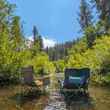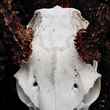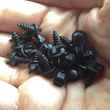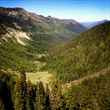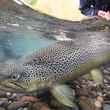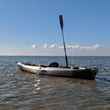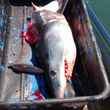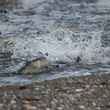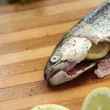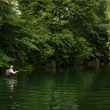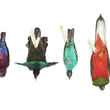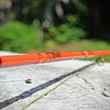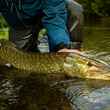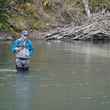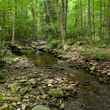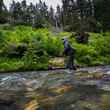It’s a small statement. The only kind that I make these days. I’ve tilted my fair share of windmills over the years; pushed long enough that I now do my protesting quietly, personally, with my actions or with my wallet. So you might not recognize it, but, as I wade these tidal basins with my Fishpond® Yampa Guide Pack on my back, I’m speaking my mind.
For a start, I’m talking recycling. The Yampa is part of Fishpond’s Cyclepond line, constructed from nylon that has been recycled and reclaimed from commercial fishing net. 27% less consumption of natural resources than virgin nylon. 28% reduction in greenhouse gas emissions. Less going to the landfill. We should be building everything with these kinds of goals in mind. There’s a planet to save.
And, as a North Carolina-based angler, I see the repurposing of commercial nets as a good end to a bad business. Despite the more progressive stances taken by its neighbors to both the north and the south, the state remains a battleground on the issue of gamefish protection for striped bass, redfish, and speckled trout as well as a back alley for the fistfight between commercial fisherman and sportsman/conservationists over the by-catch abuses of estuary gill netting. The application of spent net to support my catch-and-release endeavors whispers a certain ironic symmetry. Swords into plowshares.

